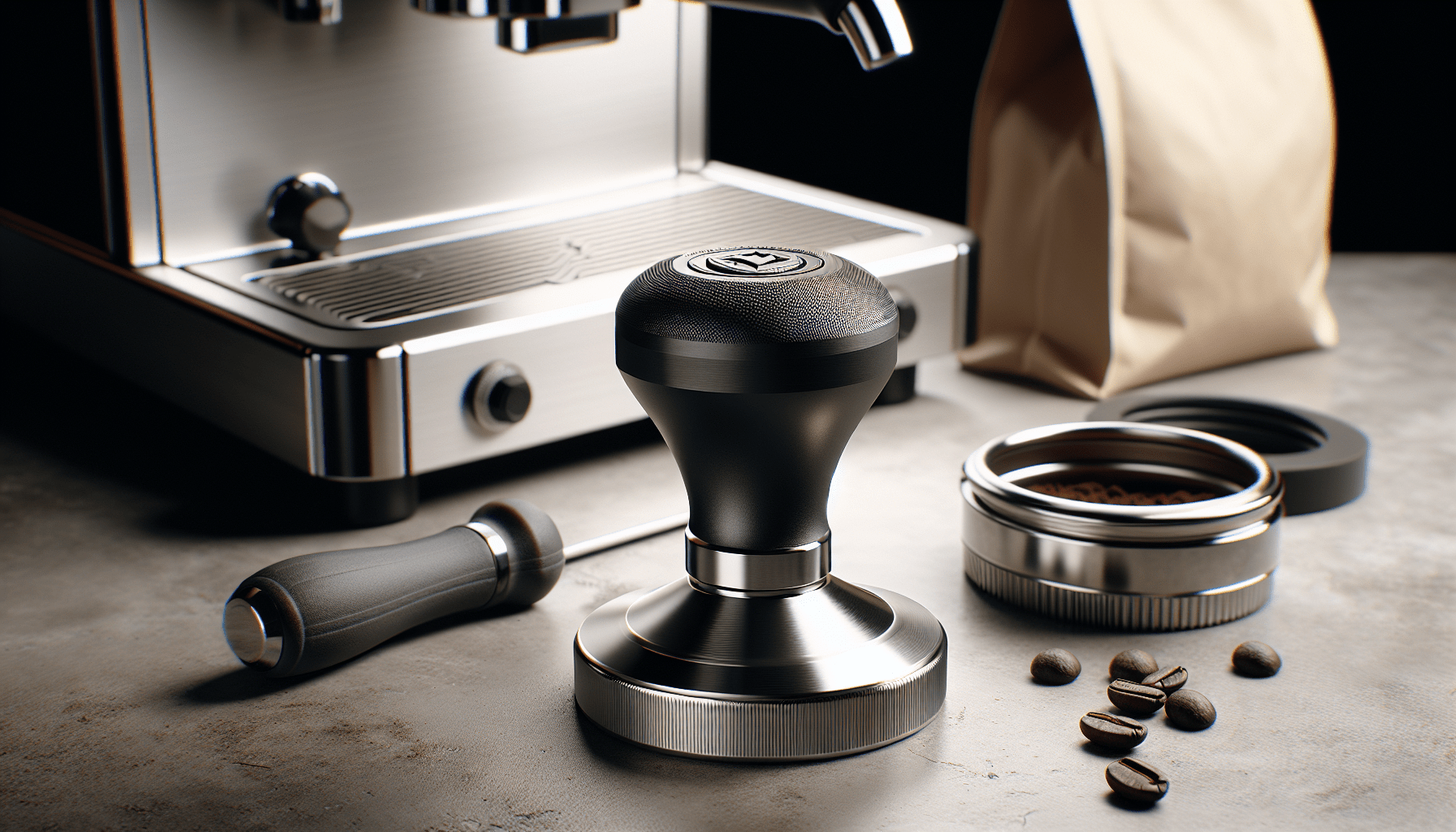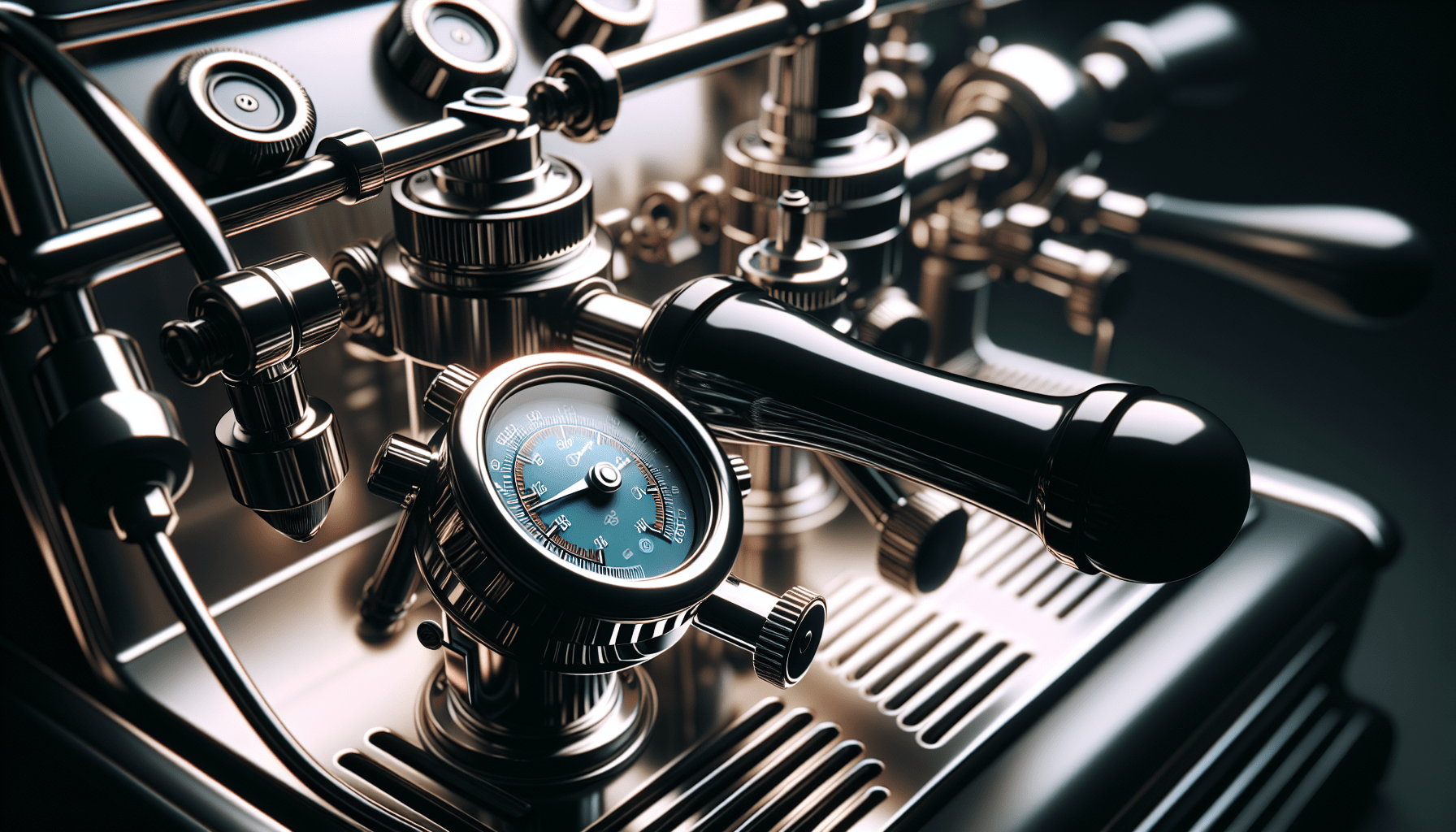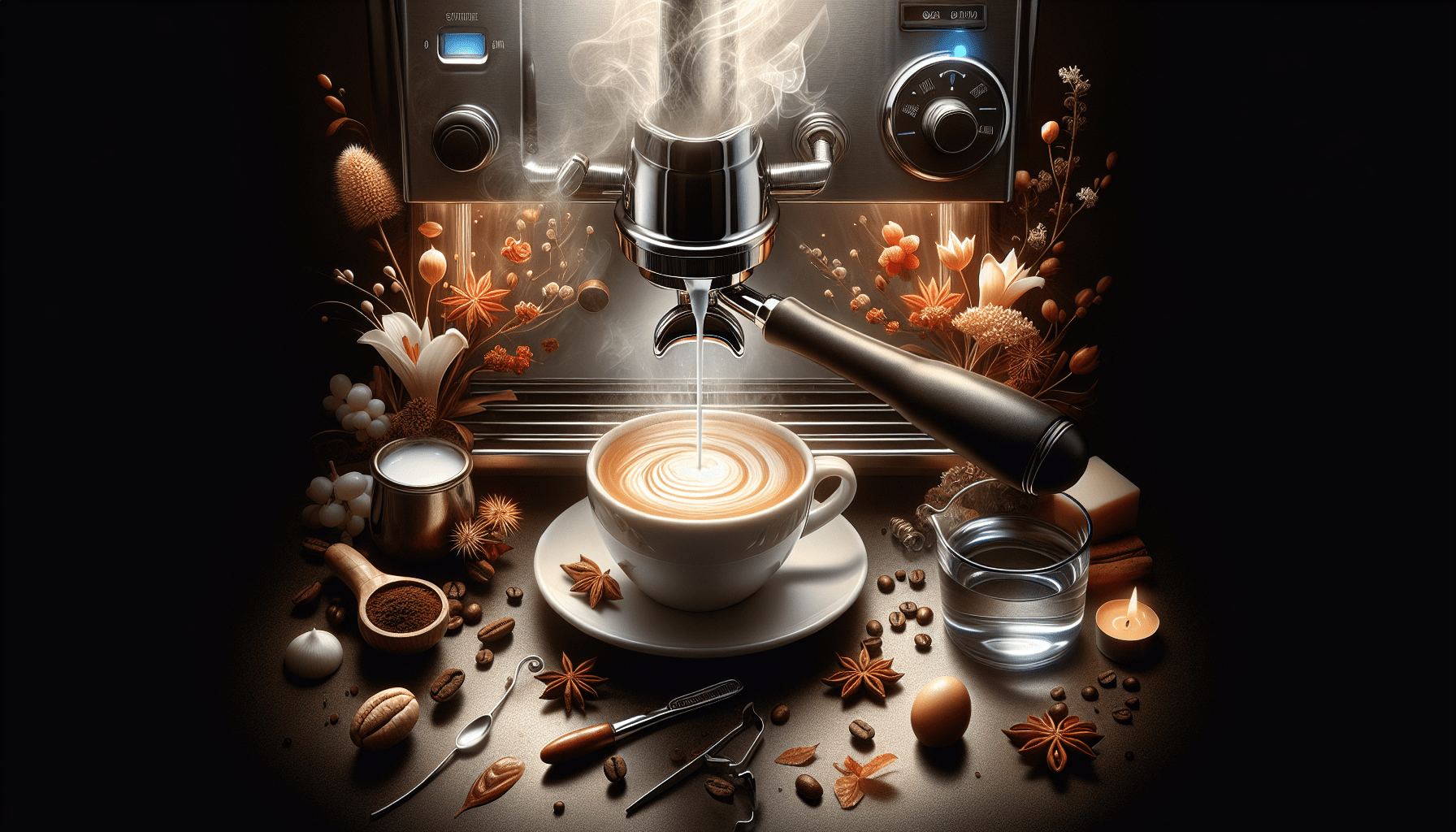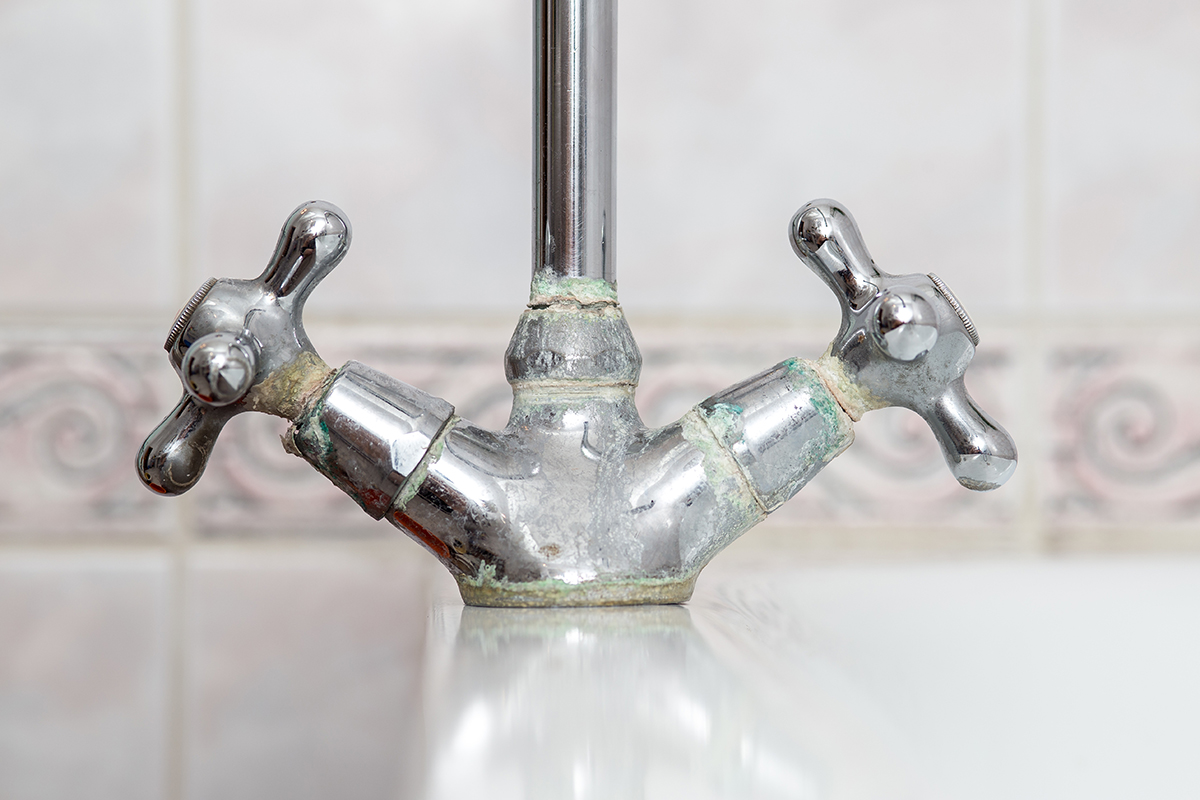Operating a semi-automatic espresso machine can be a delightful experience, but it’s important to have the right accessories to enhance your brewing journey. In this article, we will explore the top 5 essential accessories that every semi-automatic espresso machine owner should consider. From precision tamper to quality frothing pitcher, these accessories will take your coffee-making skills to the next level and help you create barista-worthy espresso drinks in the comfort of your own home. So, grab your favorite mug and get ready to discover the must-have accessories for your semi-automatic espresso machine.
1. Tamper
Importance of tamping
Tamping is a crucial step in the espresso-making process. It involves applying even pressure to the coffee grounds in the portafilter, ensuring optimal water flow and extraction. The main purpose of tamping is to create a uniform bed of coffee that allows water to pass through evenly, resulting in a well-balanced and flavorful shot of espresso. Without proper tamping, you risk under-extraction or over-extraction, which can negatively affect the taste and quality of your espresso.
Types of tampers
When it comes to tampers, there are various options available. The most common types include flat tampers, convex tampers, and adjustable tampers. Flat tampers have a flat, even surface that distributes pressure evenly across the coffee bed. Convex tampers, on the other hand, have a slightly curved base that facilitates better distribution of pressure. Adjustable tampers allow you to adjust the depth of your tamp, giving you more control over the extraction process.
Considerations when choosing a tamper
When selecting a tamper, it is important to consider the size and weight of the tamper, as well as the ergonomics of the handle. It should fit comfortably in your hand and allow for easy and consistent tamping. The size of the tamper should match the size of your portafilter basket, ensuring a proper fit. Additionally, consider the build quality and durability of the tamper, as a well-made tamper will last longer and provide more consistent results. Ultimately, the choice of tamper comes down to personal preference and what feels comfortable and efficient for you.
2. Coffee Grinder
Why a coffee grinder is crucial
A coffee grinder is an essential accessory for operating a semi-automatic espresso machine. It allows you to grind fresh coffee beans just before brewing, ensuring the freshest and most flavorful espresso possible. Pre-ground coffee can quickly lose its aroma and flavor, whereas grinding your own beans preserves the full flavor profile of the coffee. Additionally, a good grinder allows you to adjust the grind size, which is crucial for dialing in the perfect extraction.
Types of coffee grinders
There are two main types of coffee grinders: blade grinders and burr grinders. Blade grinders use rotating blades to chop the coffee beans, resulting in an inconsistent grind size. Burr grinders, on the other hand, use two serrated disks to crush the beans, producing a more uniform grind. Burr grinders are generally preferred for espresso brewing, as they offer greater precision and consistency in grind size.
Key features to look for in a coffee grinder
When choosing a coffee grinder for your espresso machine, consider the grind settings and range of the grinder. Espresso requires a fine grind, so make sure the grinder has settings that allow for precise adjustments in the espresso range. Additionally, look for a grinder with a sturdy build quality and a powerful motor, as grinding coffee beans can be quite demanding. Finally, consider the ease of cleaning and maintenance, as a grinder that is easy to clean will ensure the longevity and optimal performance of the machine.
3. Milk Frothing Pitcher
Role of a milk frothing pitcher
If you enjoy milk-based espresso drinks such as cappuccinos and lattes, a milk frothing pitcher is an essential accessory. It allows you to steam and froth milk to create velvety smooth microfoam, which is crucial for achieving the perfect balance of espresso and milk in your drink. The milk frothing pitcher acts as a vessel for frothing the milk, as well as pouring it into your cup.
Different materials for milk frothing pitchers
Milk frothing pitchers are commonly made from stainless steel, which is durable, easy to clean, and retains heat well. However, there are also options available in ceramic and glass. Ceramic pitchers are excellent for maintaining the temperature of the milk, while glass pitchers allow for better visibility during the frothing process. The choice of material largely depends on personal preference and desired functionality.
Size considerations for milk frothing pitchers
When selecting a milk frothing pitcher, consider the size based on the volume of milk you typically use for your drinks. Pitchers come in various sizes, typically ranging from 12 ounces to 32 ounces. It’s important to choose a pitcher that allows ample room for the milk to expand during the frothing process. An overcrowded pitcher can result in splattering and inconsistent frothing. Additionally, consider the spout design for ease of pouring and latte art capabilities.
4. Espresso Scale
Importance of using an espresso scale
Using an espresso scale is crucial for achieving consistency and precision in your espresso brewing. Measuring the weight of coffee grounds and extracting the right amount of liquid ensures that you can reproduce the same results every time. An espresso scale allows you to accurately measure the coffee dose and extraction yield, making it easier to adjust variables and achieve the desired flavor profile.
Types of espresso scales
There are various types of espresso scales available, ranging from simple digital scales to more advanced models with additional features. Digital scales are the most common choice, offering precise measurements and easy-to-read displays. Some scales even come with built-in timers and auto-taring functions, which can enhance the brewing process and make it more efficient. Look for scales with a high weight capacity, preferably up to 2 kilograms, to accommodate larger brews or multiple cups.
Features to consider when selecting an espresso scale
When selecting an espresso scale, consider the accuracy and precision of the measurements. Look for scales that offer at least 0.1-gram increments to ensure the utmost accuracy in weighing. A large and easy-to-read display is also important, especially when working with small amounts of coffee grounds. Additionally, consider the build quality and durability of the scale, as it will likely be subjected to steam, moisture, and potentially accidental spills. A non-slip surface and a removable protective cover are also beneficial features to consider.
5. Knock Box
Purpose of a knock box
A knock box is an essential accessory for disposing of used coffee grounds from the portafilter after brewing. It provides a convenient and hygienic way to discard the spent grounds, preventing them from clogging drains or ending up in your trash bin. The knock box allows you to knock the portafilter against a sturdy surface, causing the coffee puck to dislodge and fall into the box.
Materials and sizes of knock boxes
Knock boxes are commonly made from stainless steel, which is durable, hygienic, and resistant to damage. However, there are also knock boxes available in plastic and rubber, which can be more lightweight and easier to clean. When choosing a knock box, consider the size based on the volume of coffee you brew. Smaller knock boxes are suitable for home use, while larger ones are more suitable for commercial settings or frequent use.
Design features for easy cleaning and durability
Look for a knock box with a removable knock bar or rod, as this makes it easier to clean and maintain. Some knock boxes also come with a removable bottom, allowing for even easier cleaning and disposal of the coffee grounds. Additionally, consider the stability and sturdiness of the knock box, as a well-built knock box will withstand heavy usage and ensure longevity. A non-slip base is also important to prevent any accidental spills or movement during the knocking process.
6. Portafilter
What is a portafilter
A portafilter is the component of an espresso machine that holds the coffee grounds and connects to the brew head. It is responsible for ensuring proper water flow through the coffee grounds and extracting the flavors and aromas from the coffee. The portafilter consists of a handle, a basket that holds the coffee grounds, and a spout for dispensing the brewed espresso.
Types of portafilters
There are two main types of portafilters: pressurized and non-pressurized. Pressurized portafilters contain a small chamber that creates additional pressure during the extraction process, making it more forgiving if the grind size or tamping is not optimal. Non-pressurized portafilters rely on the skills of the barista to achieve the right grind size, tamping pressure, and extraction time. Non-pressurized portafilters are generally preferred by experienced baristas as they allow for greater control and produce higher-quality espresso.
Considerations when choosing a portafilter
When selecting a portafilter, consider the compatibility with your espresso machine. Different machines have different portafilter sizes and configurations, so ensure that the portafilter is a suitable match. Additionally, consider the build quality and material of the portafilter. Stainless steel is a common choice due to its durability and heat retention properties. The handle should also be comfortable to hold and the spout should allow for precise and controlled pouring. Ultimately, the choice of portafilter depends on your skill level and preferences as a barista.
7. Cleaning Tools
Importance of cleaning tools
Proper cleaning and maintenance of your espresso machine is essential for optimal performance and longevity. Espresso machines are prone to coffee residue buildup, which can affect the taste of your espresso and potentially damage the machine. Cleaning tools help to remove residue, oils, and mineral deposits, ensuring that your machine operates at its best.
Types of cleaning tools for espresso machines
There are various cleaning tools available for espresso machines, including brushes, cleaning tablets, and descaling solutions. Brushes with soft bristles are used to clean the shower screen, group head gasket, and other hard-to-reach areas. Cleaning tablets are specifically formulated to dissolve coffee oils and residue, providing a deep and thorough clean. Descaling solutions are used to remove mineral buildup in the boiler and internal components of the machine.
Recommended cleaning schedule and practices
It is recommended to clean your espresso machine regularly to maintain its performance and cleanliness. Daily cleaning should include purging the group head, wiping the steam wand, and removing any coffee grounds or residue from the portafilter. Deep cleaning with cleaning tablets or solutions should be done weekly or bi-weekly, depending on your usage. Descaling should be performed every few months or as indicated by the manufacturer. Always follow the specific instructions provided by the machine’s manufacturer and use cleaning products that are suitable for your espresso machine.
8. Milk Thermometer
Role of a milk thermometer in espresso making
A milk thermometer is a useful tool for achieving the perfect temperature when steaming milk for espresso-based drinks. It allows you to accurately monitor the temperature, ensuring that the milk reaches the ideal range for steaming. Steaming the milk to the correct temperature is crucial for achieving the desired texture and consistency of the microfoam.
Types of milk thermometers
There are various types of milk thermometers available, including dial thermometers and digital thermometers. Dial thermometers feature a dial indicator that shows the temperature, while digital thermometers provide a digital readout. Some milk thermometers also come with a clip or attachment, allowing them to be securely attached to the milk frothing pitcher or steam wand.
Features to consider when selecting a milk thermometer
When selecting a milk thermometer, consider the accuracy and responsiveness of the thermometer. Look for a thermometer that provides a quick and accurate reading, as milk temperature can change rapidly during the steaming process. A wide temperature range is also beneficial, allowing for different milk-based drinks and personal preferences. Additionally, consider the build quality and durability, as the thermometer will be exposed to steam and heat. A long stem and a clip for attaching to the pitcher or steam wand can also enhance usability and convenience.
9. Espresso Tamper Mat
Purpose of an espresso tamper mat
An espresso tamper mat, also known as a tamping mat, is a protective and functional accessory used during the tamping process. It provides a designated surface for tamping, preventing damage to countertops and ensuring stability. The mat also helps to absorb shock and vibration when tamping, resulting in a more controlled and consistent tamp.
Different types and materials of tamper mats
Espresso tamper mats come in various types and materials. The most common material is rubber, which offers a non-slip surface and reduces the risk of damaging the tamper or countertop. Some tamper mats also have a built-in tamper holder, providing added convenience and organization. Additionally, tamper mats may come in different shapes and sizes, providing flexibility in terms of placement and compatibility with different espresso setups.
Considerations when choosing an espresso tamper mat
When selecting an espresso tamper mat, consider the size and thickness of the mat. It should be large enough to provide ample space for tamping and prevent any coffee grounds from spilling onto the countertop. The thickness should be sufficient to absorb shock and vibrations, ensuring a stable tamping experience. Additionally, consider the material and its durability, as a well-made tamper mat will withstand frequent use and cleaning.
10. Espresso Shot Glass
Role of an espresso shot glass
An espresso shot glass is a versatile accessory that allows you to accurately measure the volume and monitor the quality of your espresso shots. It provides a clear and transparent vessel for observing the crema, body, and color of the espresso, giving you valuable information about the extraction process and the freshness of your coffee beans.
Different sizes and shapes of espresso shot glasses
Espresso shot glasses come in various sizes and shapes, typically ranging from 1 ounce to 3 ounces. The choice of size largely depends on personal preference and the brewing method used. Smaller shot glasses are suitable for traditional espresso shots, while larger ones can accommodate lungo shots or double shots. Additionally, the shape of the shot glass can also vary, with some having a wider base and others featuring a narrower tulip shape for better retention of aromas and visual aesthetics.
Features to look for in an espresso shot glass
When selecting an espresso shot glass, look for one with clear and durable glass construction. The glass should be thick enough to retain heat and withstand the rigors of daily use. Additionally, consider the level of measurement markings on the glass. Precision markings in ounces and milliliters allow for accurate volume measurement and consistency in your espresso brewing. A comfortable handle or grip also enhances usability and prevents accidental spills.




